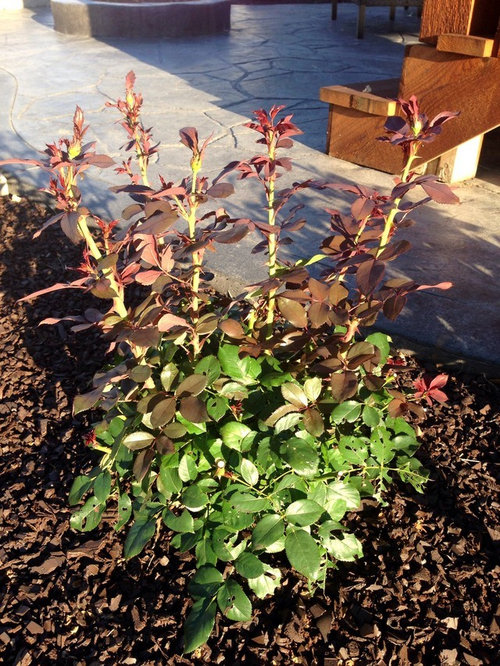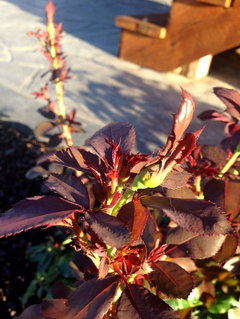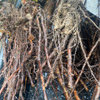Please help!! Is this rose rosette?!?
RNadler
9 years ago
Featured Answer
Comments (34)
RNadler
9 years agoRNadler
9 years agoRelated Professionals
Belmont Landscape Architects & Landscape Designers · West Chester Landscape Architects & Landscape Designers · Jackson Landscape Contractors · Wilmington Landscape Contractors · Aloha Landscape Contractors · Hayward Landscape Contractors · Hilo Landscape Contractors · Milton Landscape Contractors · North Canton Landscape Contractors · Round Lake Landscape Contractors · Smyrna Landscape Contractors · Soddy Daisy Landscape Contractors · Vancouver Landscape Contractors · Wallingford Landscape Contractors · Four Corners Landscape ContractorsRNadler
9 years agoanntn6b
9 years agojohnnycabot
9 years agoanntn6b
9 years agoRNadler
9 years agojohnnycabot
9 years agotigerloveroses
9 years agodublinbay z6 (KS)
9 years agobuford
9 years agoholleygarden Zone 8, East Texas
9 years agoanntn6b
9 years agoLynn-in-TX-Z8b- Austin Area/Hill Country
9 years agoRNadler
9 years agoanntn6b
9 years agoanntn6b
9 years agoLynn-in-TX-Z8b- Austin Area/Hill Country
9 years agoMichaela (Zone 5b - Iowa)
9 years agoholleygarden Zone 8, East Texas
9 years agojohnnycabot
9 years agodublinbay z6 (KS)
9 years agoanntn6b
9 years agohenry_kuska
9 years agoPoorbutroserich Susan Nashville
9 years agoholleygarden Zone 8, East Texas
9 years agoanntn6b
9 years agoholleygarden Zone 8, East Texas
9 years agohenry_kuska
9 years agoanntn6b
9 years agoAustin
6 years ago
Related Stories

GARDENING GUIDESGreat Design Plant: Silphium Perfoliatum Pleases Wildlife
Cup plant provides structure, cover, food and water to help attract and sustain wildlife in the eastern North American garden
Full Story
SUMMER GARDENINGHouzz Call: Please Show Us Your Summer Garden!
Share pictures of your home and yard this summer — we’d love to feature them in an upcoming story
Full Story
EDIBLE GARDENSAn Edible Cottage Garden With a Pleasing Symmetry
The owners of this cottage garden in Australia grow vegetables, herbs and fruit to delight their family and friends
Full Story
PETS6 Ways to Help Your Dog and Landscape Play Nicely Together
Keep your prized plantings intact and your dog happy too, with this wisdom from an expert gardener and dog guardian
Full Story
DECLUTTERINGDownsizing Help: How to Get Rid of Your Extra Stuff
Sell, consign, donate? We walk you through the options so you can sail through scaling down
Full Story
COLORPick-a-Paint Help: How to Create a Whole-House Color Palette
Don't be daunted. With these strategies, building a cohesive palette for your entire home is less difficult than it seems
Full Story
GARDENING AND LANDSCAPINGBe a Citizen Scientist to Help Wildlife, Learn and Have Fun Too
Track butterflies, study birds, capture stars ... when you aid monitoring efforts, you’re lending Mother Nature a hand
Full Story
DECLUTTERINGDownsizing Help: How to Edit Your Belongings
Learn what to take and what to toss if you're moving to a smaller home
Full Story
FLOWERS AND PLANTSHelp Monarchs and Other Butterflies by Planting Common Milkweed
Summer-blooming Asclepias syriaca is an important larval host plant for the monarch butterfly and attracts a number of pollinating insects
Full Story
HOUZZ TOURSMy Houzz: Saturated Colors Help a 1920s Fixer-Upper Flourish
Bright paint and cheerful patterns give this Spanish-style Los Angeles home a thriving new personality
Full StorySponsored
Experienced Craftsman & Exceptional Quality Masonry in Franklin County
More Discussions











RNadlerOriginal Author